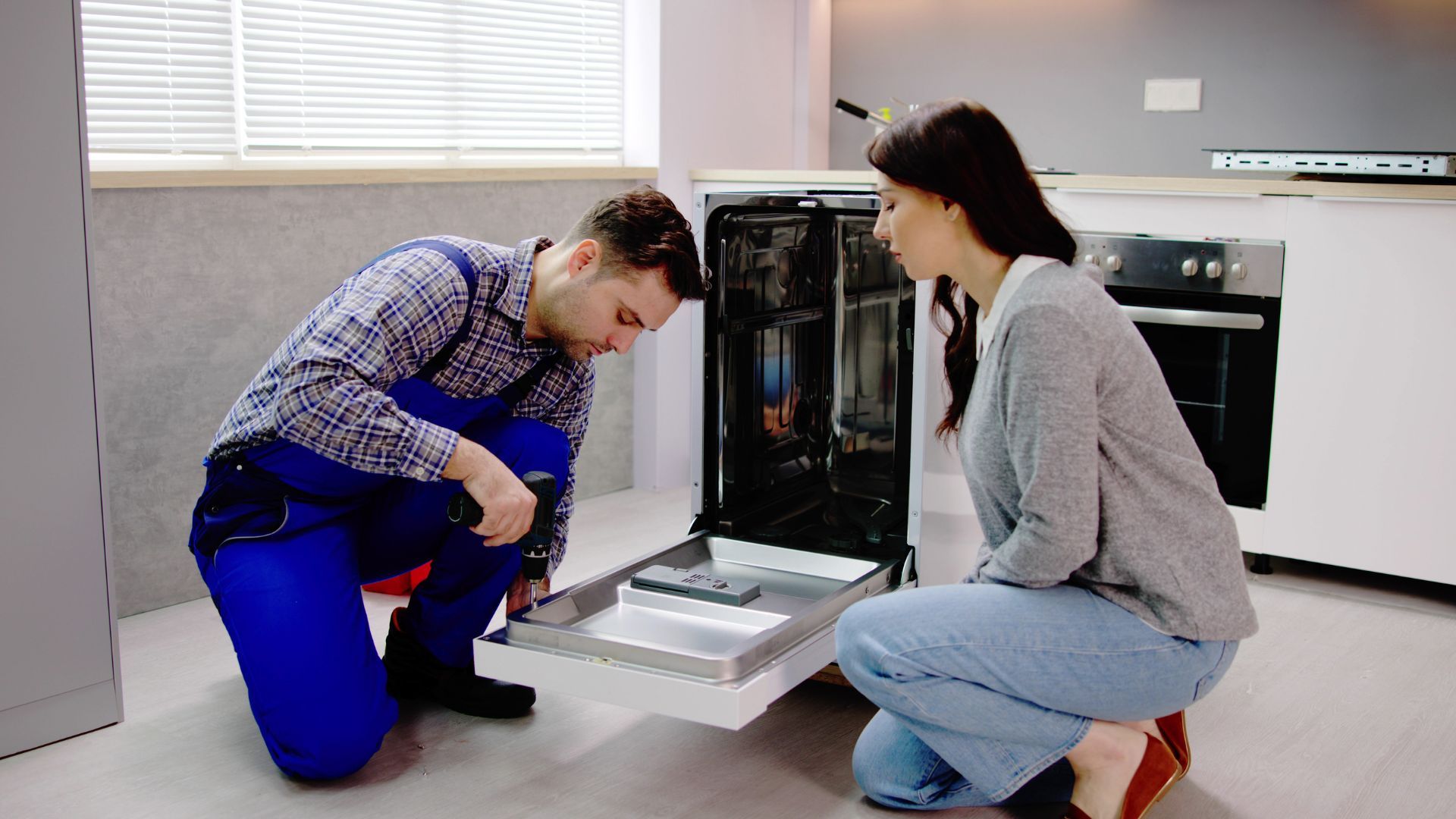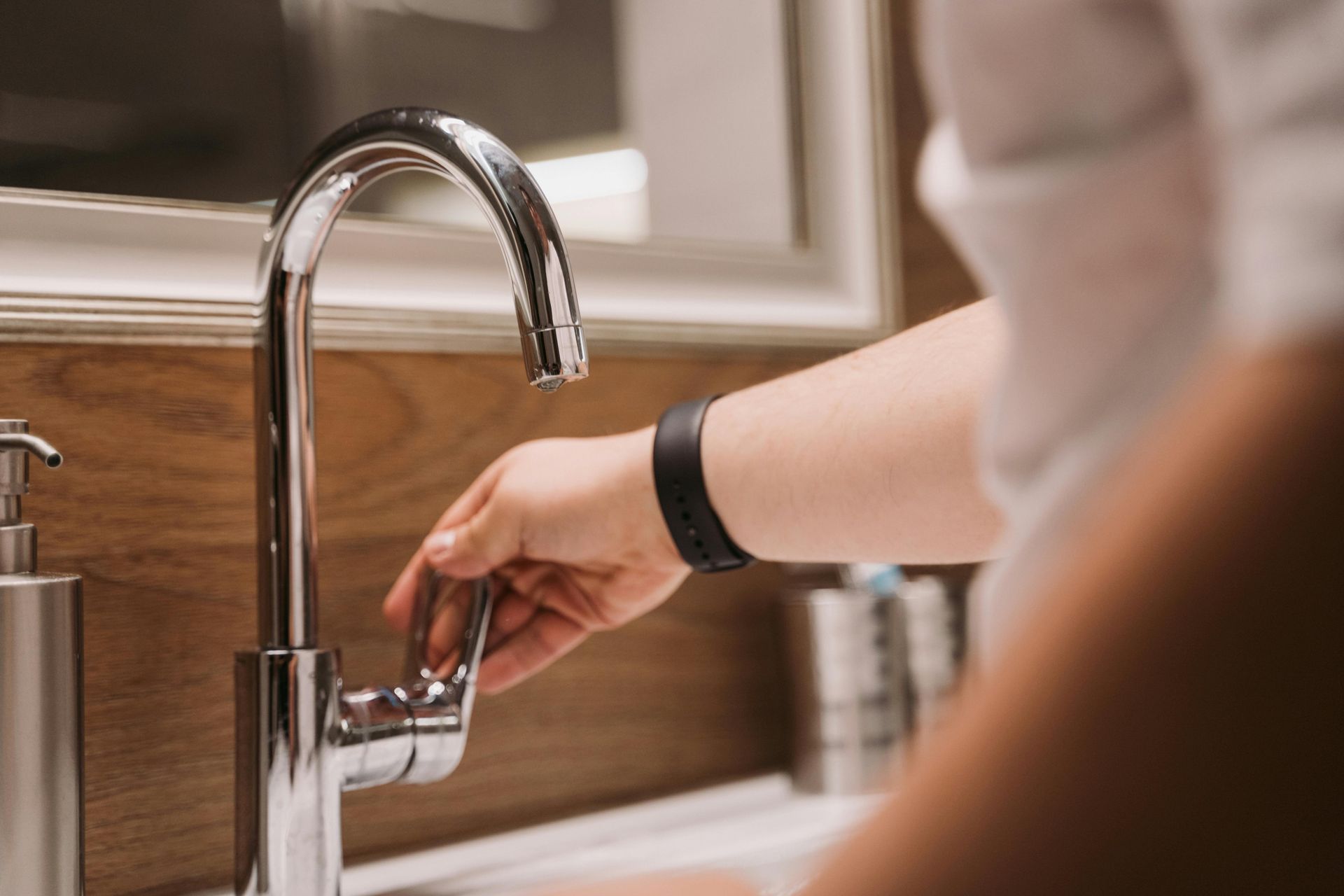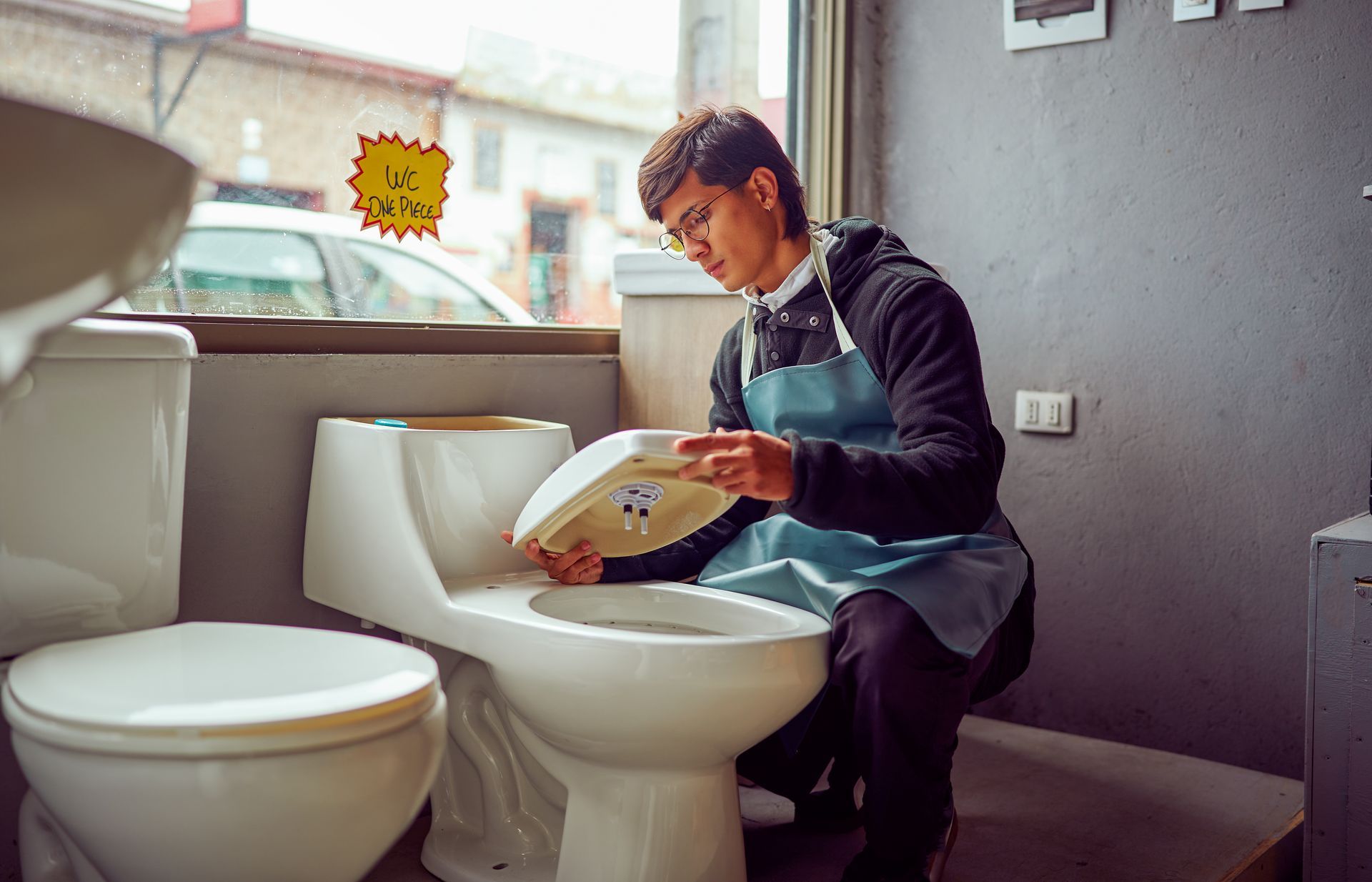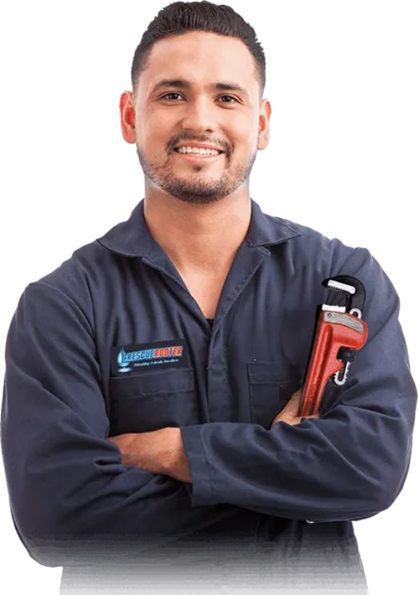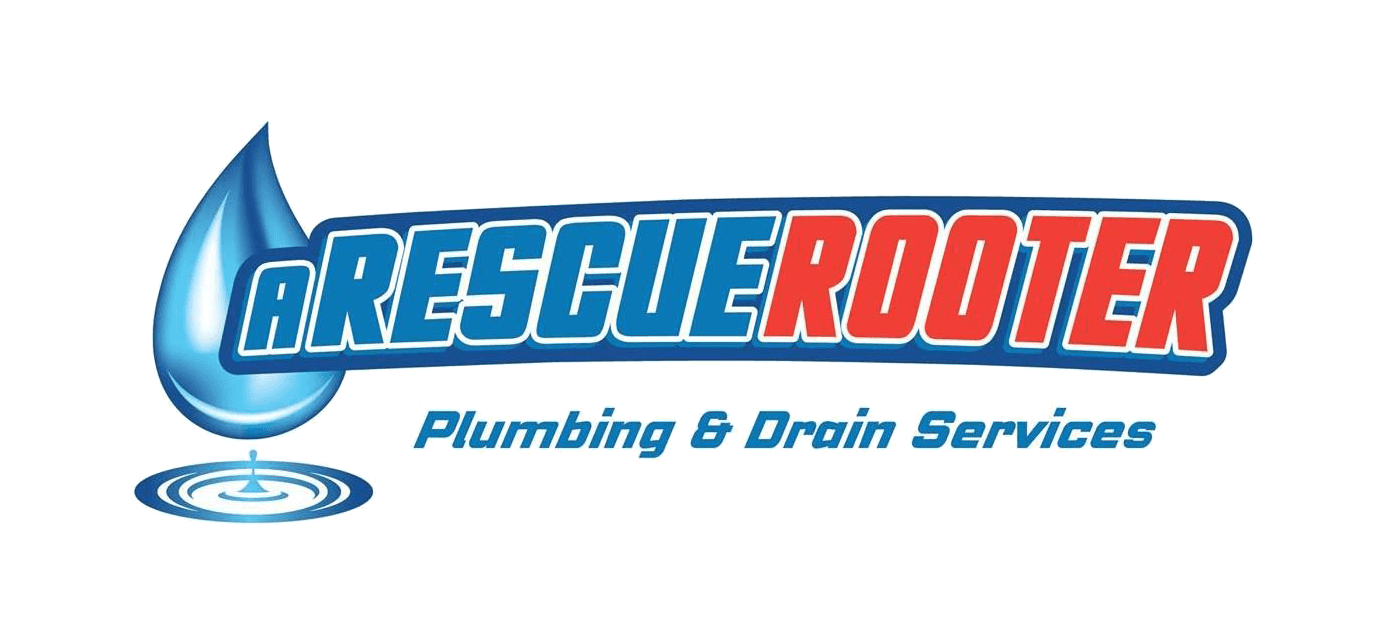All About Plumbers
Our residential, commercial and industrial Hamilton plumbers are here to assist you 24/7 - 365!
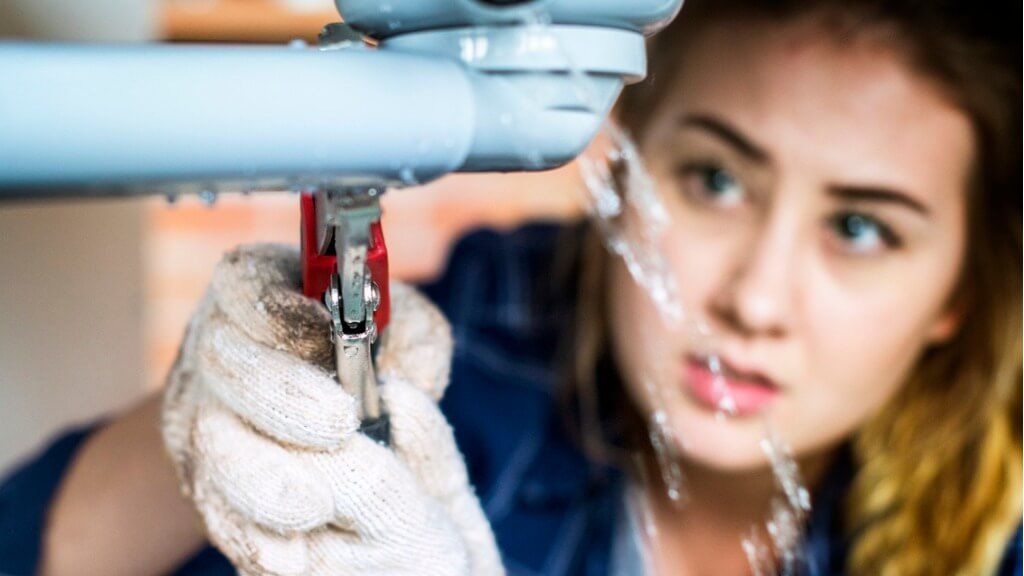
A Plumber is a tradesperson who specializes in installing and maintaining systems used for potable (drinking) and for sewage and drainage in plumbing systems. – www.wikipedia.org
It takes years of training to become a licensed, skilled plumber. If you have a high school a minimum of grade 10, you can start your journey to certification. Plumbers do a lot more than unclog pipes and fix leaky taps. A fully trained plumber has so many options and paths that can be pursued. You will find plumbers performing residential, commercial and industrial work. The team at A Rescue Rooter is trained in all disciplines of plumbing.
Plumbers usually specialize in a type of plumbing. If you choose to focus on residential plumbing, your focus will be dealing with water heaters and small-scale issues that can be found in and around a customer’s home. A commercial plumber is the professional who services fixtures in office buildings and malls. You will find an industrial plumber working in factories or on a construction site. A Rescue Rooter will send the plumber that has the knowledge to get your job done.
If you, or someone you know, is looking to become a plumber they should know how to become a skilled plumber and be aware of the prospect of finding work. Becoming a plumber is quite straight forward but steps need to take place. Because a plumber is a regulated trade, you need a Certification of Qualification to legally work. To obtain your C of Q, you must complete 720 hours of in-school training, apprenticeship training of 8,280 hours and finally, pass the Plumber Certification Exam. Once you pass the exam, you can apply to become certified and registered as a journeyperson. All of this has a 5-year timeline but your apprenticeship hours will be paid. All plumbers will learn how to install and repair plumbing fixtures, know the plumbing rules in the Ontario Building Code, how to read architectural specifications related to plumbing and safety in plumbing.
As a customer, you now know what it takes to become certified plumber. It certainly takes skill and know-how, doesn’t it? You can feel comfortable in the knowledge that any plumbing technician that is assigned to you from A Rescue Rooter has gone through the rigorous training that is required by the Province of Ontario. Call on A Rescue Rooter to take on all your plumbing needs. They have the qualified and certified technicians what can look after your plumbing needs in all areas (residential, commercial, industrial) well as service your water heater and inspect your video camera line. A Rescue Rooter has been helping the Hamilton and area since 1976 and are still continue to keep up-to-date with all things plumbing. Their knowledgeable team provides services covering Burlington, St. Catharines, Brantford, Hamilton, Stoney Creek and the areas that surround them.
Call on A Rescue Rooter and let their certified and licensed plumbers get the job done right. Complete their online form or call them for fast service 24/7 at 905-521-8284.
